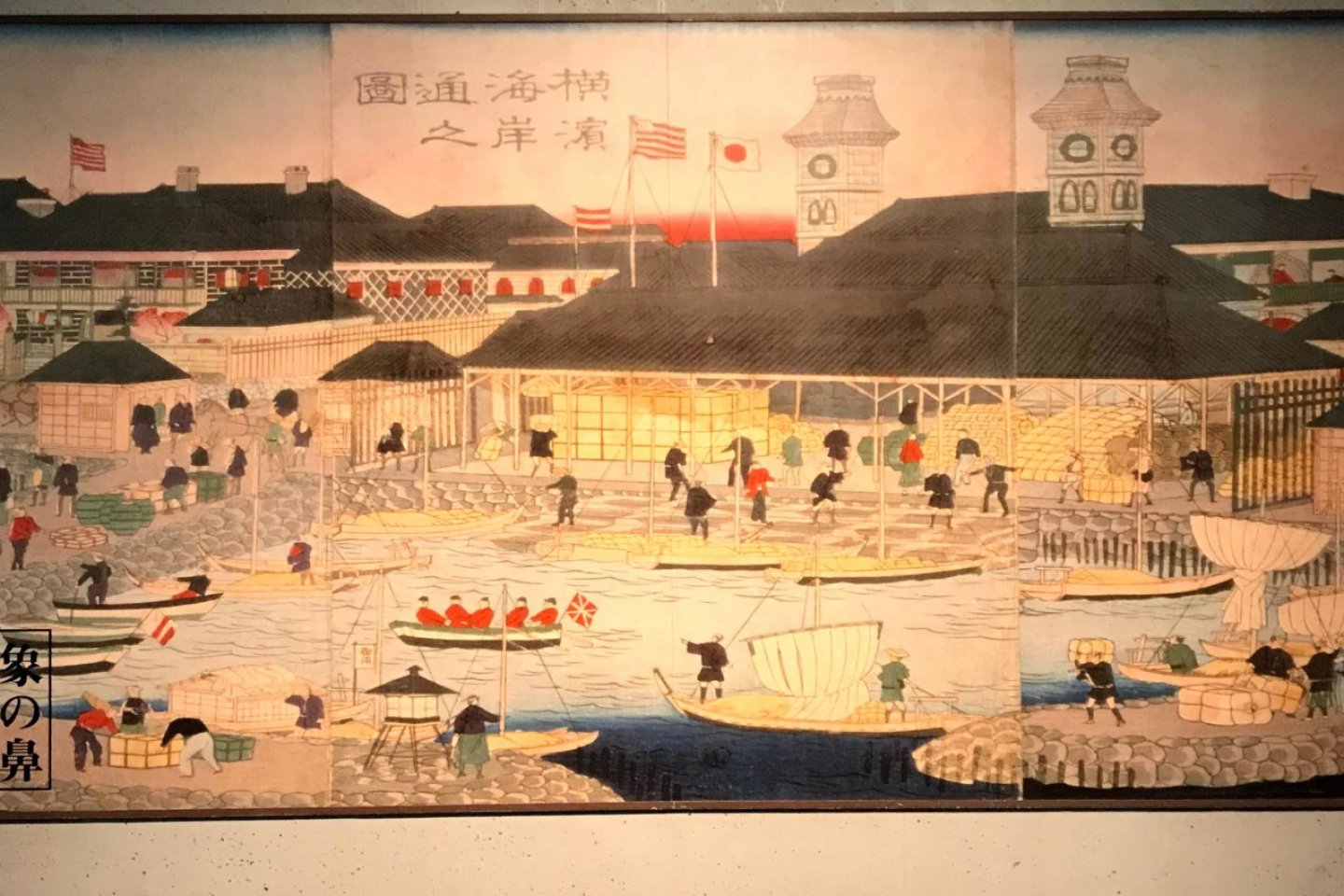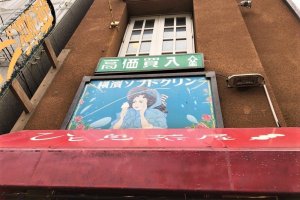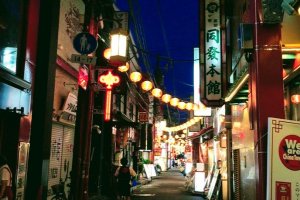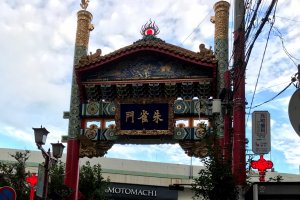“One of the unique points about Yokohama Chinatown is that more than 95% of visitors in Chinatown are local and Japanese people,” Nobumasa Takahashi, chairperson of Yokohama Chinatown Development Association, says.
Mr. Takahashi explains why Yokohama Chinatown is different from other Chinatowns in the world during the interview.
The 161-year-old Yokohama Chinatown has a rich and diverse history. After Yokohama opened its port to the world in 1859, people from all over the world came, rejuvenating the city. The current Yokohama Chinatown and Yamate areas became foreign settlements for a while. There remains a foreign atmosphere and visible mixtures of several cultures. However, some heritage was lost due to a historical tragedy.

When The Great Kanto Earthquake struck, more than 140,000 people died and Yokohama Chinatown was nearly destroyed by fire. At the time, most foreigners, including ethnic Chinese people, called Kakyo (華僑) in Japanese, left. Only a few hundred Kakyo remained and worked on reconstruction. They encountered severe challenges later on, namely Chinese-Japanese wars and World War Ⅱ. World War Ⅱ flattened the revived town again, yet some residents remained to revitalize it. Today, Yokohama Chinatown, the largest Chinatown in Japan, welcomes more than 21 million visitors annually.

Mr. Takahashi is the fifth chairperson, and son of the first, of the Yokohama Chinatown Development Association. His father, Teisuke Takahashi, was selected among Chinese, Japanese and Chinese-Japanese residents for this position in 1971. Since then, the community has grown stronger, and now more than 400 restaurants and shops about 80%, are association members. That being said, the Development Association struggled with intolerance and rumors because of the public’s tendency to associate all Chinese with Yokohama Chinatown.
Even when bad things happen outside of Yokohama Chinatown, Chinese people are sometimes implicated, damaging Yokohama Chinatown’s image. One example Mr. Takahashi pointed out was a food poisoning incident in 2008. When it happened, people were scared to visit Yokohama Chinatown because they were influenced by uncertainty. At that time, there was no social media to counter the views. Chinatown suffered in silence. With time, there was healing and residents brought vitality to the town again as their predecessors did.
However, 2020 is one of the most unprecedented eras that Chinatown has faced. When the media started reporting about COVID-19 last year and broadcast news that the first corona-virus infected patient in Japan was a Chinese-Japanese, Chinatown experienced a severe drop in visitors. In January this year, the number of visitors declined more than 30%. When the Princess Diamond ship came to Yokohama’s port, the numbers of sightseers dropped about 70%.
“As of the middle of February, the visitors for Yokohama Chinatown were nearly gone, so restaurants and stores temporarily closed. The situation lasted until June. So at this time, we took a different action”, Mr. Takahashi says. The Development Association took initiatives and intensified effort to ensure safe and clean places, offering face masks and hand sanitizers. “At an unprecedented time, we keep making effort to show sincerity and gratitude to those who come to visit Yokohama Chinatown. Our goals are to continuously make Chinatown better at tackling various issues such as aggressive bargaining and garbage management problems. We will keep working on those topics to provide an enjoyable and comfortable atmosphere for all visitors”.


Read more, Yokohama Chinatown Part 2.


































